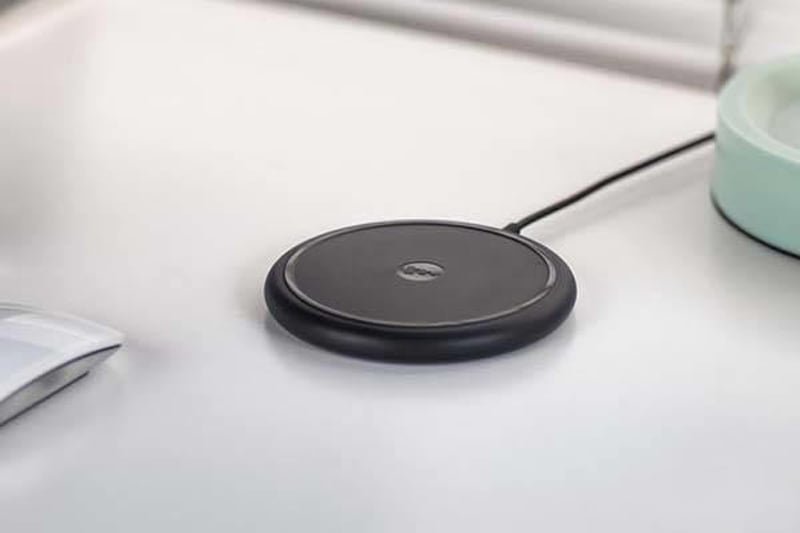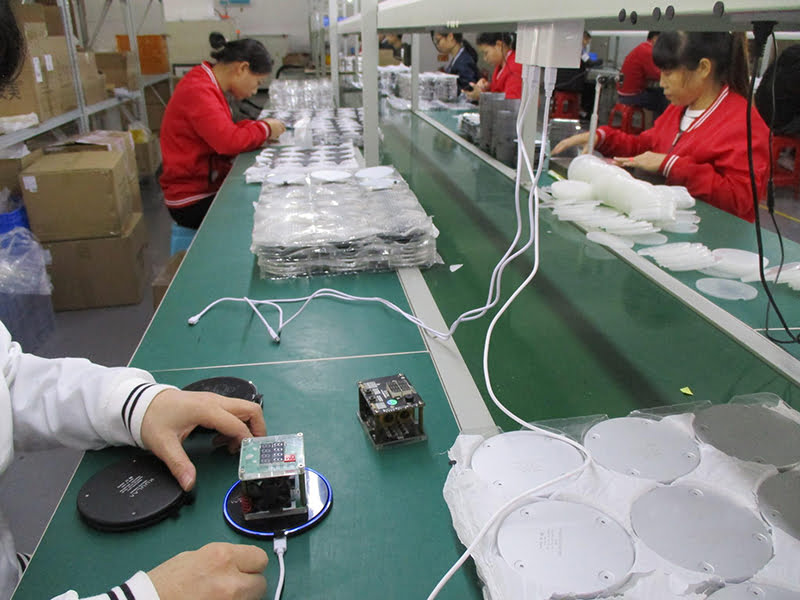Supporters love wireless charging, but others question its slow charging speed and short charging distance. Whether you love it or not, you can’t deny that wireless charging is really going to spread.
The technical principle of wireless charging
The core principle of wireless charging is based on electromagnetic induction, and the principle is not complicated. At present, the industry mainly has two technical branches, one is the magnetic field induction technology represented by the Qi standard, and the other is the magnetic resonance technology represented by the AirFuel standard.
In principle, magnetic resonance is a better solution. It supports a longer charging distance and can support multiple devices to charge at the same time. However, the magnetic resonance technology is not mature at present, and through the stacking of multiple coils, the Qi-standard wireless charger can also be used to charge multiple devices at the same time.
However, magnetic resonance is still the future development direction of wireless charging. Qi has also incorporated magnetic resonance technology into its standards. It can be seen that short-distance power transmission is not impossible.
Wireless charging devices on the market
At present, the wireless charging standard adopted by smartphones and consumer-grade wireless chargers on the market is mainly Qi. Therefore, as long as the mobile phone supports Qi wireless charging, theoretically, all wireless chargers using the Qi standard are compatible (including those that are particularly difficult to service). iPhone).

However, the charging efficiency of different mobile phones and wireless chargers is actually different. For wireless chargers, generally, only the input and output power will be listed, but for the mobile phone, the received power is the key indicator that determines the charging efficiency. In other words, the received power is about 75% of the output power.
Charging board end
The current mainstream wireless chargers mainly use Qi’s Basic Power Profile configuration, which supports 10W output. Calculating the conversion rate, it is roughly equivalent to 5W~7.5W received power.

But this year, wireless chargers that use the Extended Power Profile configuration standard have been born, which can support a maximum output power of 15W, which is equivalent to a receiving power of about 10W, which can greatly improve the wireless charging speed of mobile phones.
Mobile terminal
Since wireless charging boards have power limitations, mobile phones are naturally the same. At present, mainstream smartphones (most of them use Basic Power Profile configuration) support wireless chargers with an output power of 5 to 10W.
For example, Samsung Galaxy S series phones can support 10W wireless charging, while Apple iPhone 8/8 Plus and iPhone X can support 7.5W wireless charging. Of course, the received power will be lower.
In addition, smartphones that support the relatively fast wireless standard Extended Power Profile have also been launched this year. At present, there are familiar Sony XZ2 series and LG V30 series. The receiving power can reach about 10W, but it needs to be matched to also support the Extended Power Profile configuration. Wireless charger.
In summary, different mobile phones need to be equipped with different specifications of wireless chargers, but for most mobile phones, a wireless charger that supports 10W output is sufficient. In addition, many wireless chargers do not necessarily come with a charging head and a data cable and need to choose according to their input power and fast charging standards.
What should I pay attention to besides power?
- FOD foreign body detection
FOD foreign body detection should be the most basic safety function of the wireless charger. When a metal foreign body is sandwiched between the mobile phone and the wireless charger, the wireless charger will detect and cut off the power to prevent the metal foreign body from overheating.
However, the FOD function cannot be judged by just looking at the promotional parameters. You can only see the specific performance through actual measurement. Most of the wireless chargers on the market are qualified in FOD foreign body detection.
- cooling problem

The output power of the wireless charger is not constant, and the peak power mainly depends on the design material and heat dissipation method of the wireless charger. We recommend buying a model equipped with an active cooling fan. Although it is thicker, it generally outputs peak power. The time is also longer.
- Charging distance
The maximum charging distance of the Qi wireless charger is about 10 mm, so it can be charged with a protective cover. It does not need to be “taken off” to charge the phone.
With the development and iteration of the Qi standard, the cost of wireless charging technology has slowly come down. There are more and more products worth about 100 yuan, and the experience cost can be regarded as low. At present, Xiaomi and Huawei have begun to try to add wireless charging to its products. It can be expected that the wireless charging function will be more popular in the next two years.



